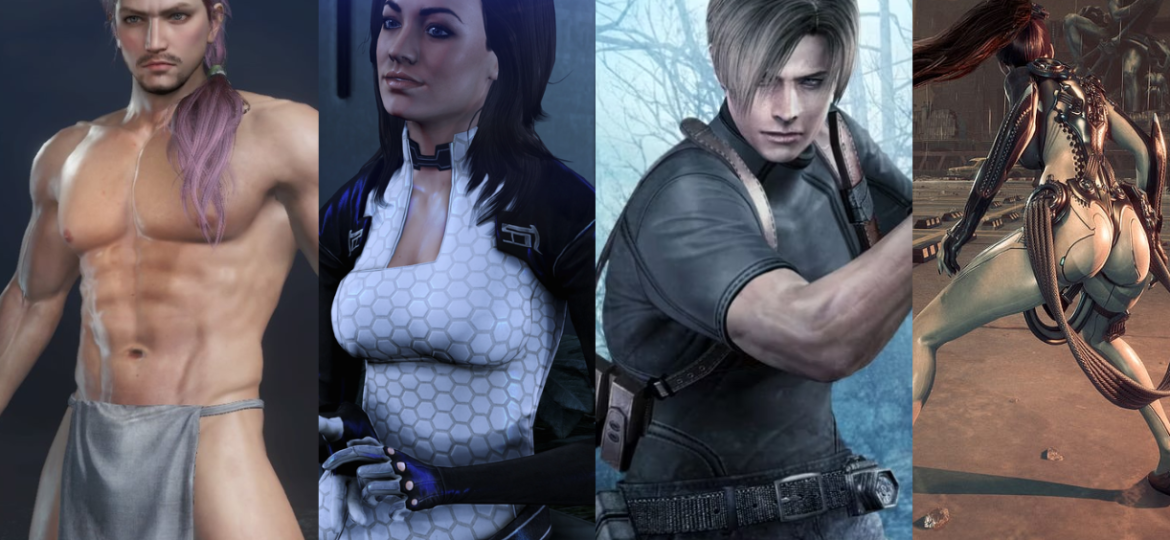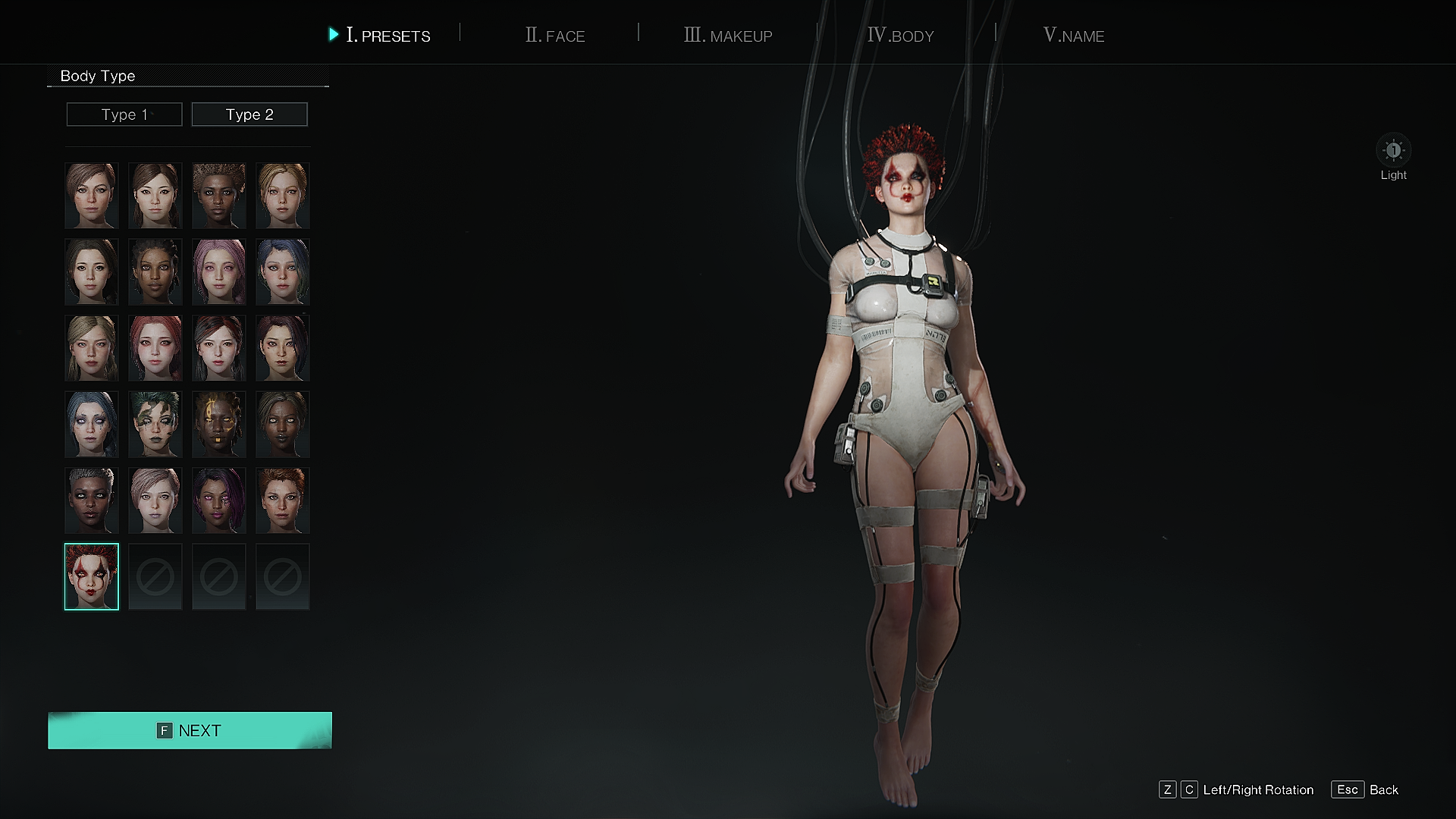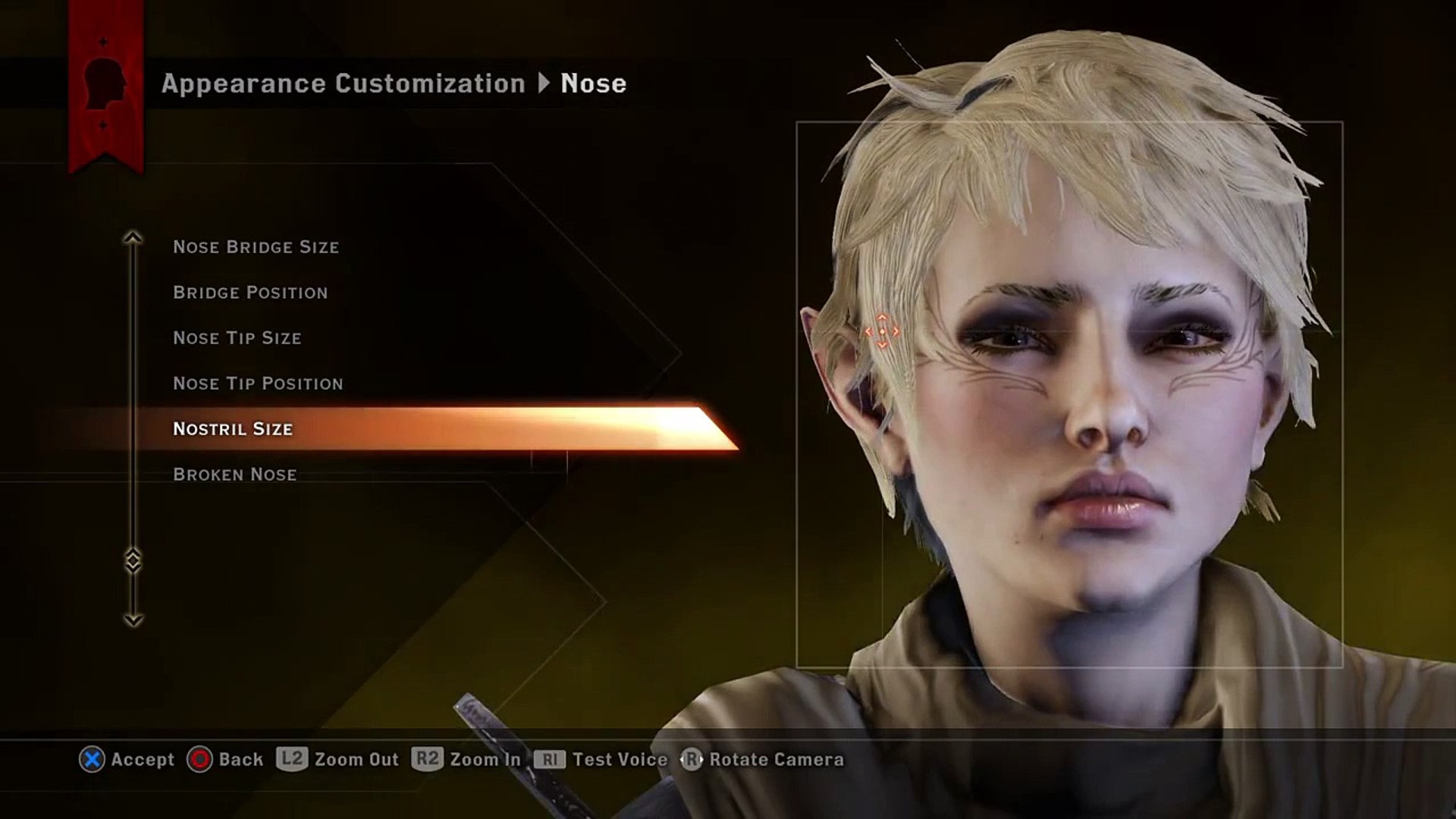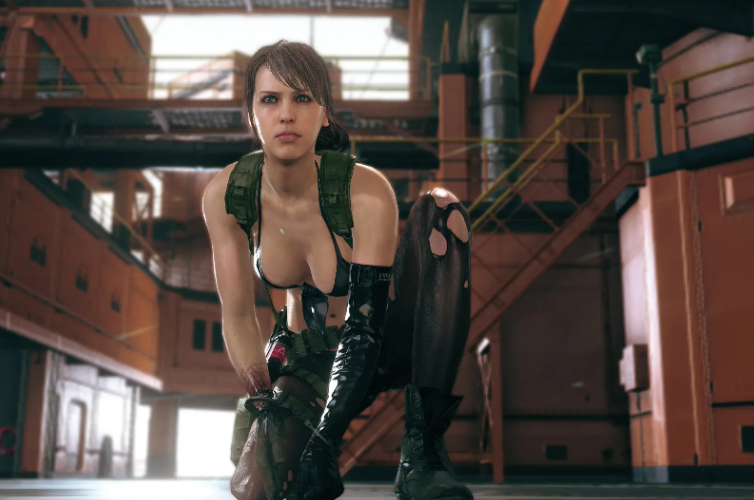
The Stigma of Beauty in Gaming: Why Players Gravitate Toward Attractive Characters
In the world of video games, character creation and selection have become a significant part of the overall experience.
For many, choosing a character is not just about gameplay mechanics, but also about how the character looks and represents the player in the virtual world.
One recurring trend is the tendency for players to gravitate toward attractive, conventionally good-looking characters, often avoiding less aesthetically pleasing or “ugly” avatars. This phenomenon isn’t just a matter of preference but reflects deeper societal norms and the ways these norms impact gaming culture.

Many players find it easier and more enjoyable to play as an attractive character, largely because these characters represent an idealized version of what many people are conditioned to aspire to be or look like.
In an industry where hyper-realistic visuals and detailed graphics are prioritized, attractive characters are often portrayed as the heroes, protagonists, or key players in a game.
They’re not just “pretty faces,” but symbols of strength, courage, or even charisma—traits that players may want to embody when navigating a virtual world.
Video games are a form of escapism for many players, allowing us to step into another world and temporarily leave behind the stresses and imperfections of reality.
An attractive character represents an idealized version of oneself—someone without the flaws or limitations that might exist in real life. For those seeking immersion, this is an appealing concept, as it offers the chance to become someone powerful, confident, and capable in ways we might not feel in our everyday lives.
Society’s definition of attractiveness is heavily influenced by media—movies, TV shows, and even video games. Characters with symmetrical faces, toned bodies, and flawless features are often regarded as the standard, and sometimes the every aspect of entertainment, including gaming.
The desire to choose attractive characters can stem from these ingrained beauty ideals, which guide players toward characters that are easier to relate to based on societal standards of beauty.

The lack of relatability to less attractive or non-traditionally beautiful characters often reflects deeper within the gaming industry and the culture around it.
When developers create characters who are overweight, scarred, or otherwise visually “imperfect,” they are often created for comic relief or villainous roles.
This reinforces the stigma that such appearances are not worthy of heroism or central roles, making it harder for players to form positive associations with these characters.
Historically, the gaming industry has had a narrow representation of body types, skin colors, and other diverse features. Overweight characters are often underrepresented or portrayed negatively, leading to a lack of options for players who might want to see themselves reflected more authentically.
When gamers see only one type of protagonist being glorified, it becomes difficult to connect with characters who don’t fit that mold.
For players who struggle with body image or self-esteem issues in real life, the decision to play as an attractive character can be a way to temporarily escape those feelings of inadequacy.
Being able to control a character that embodies society’s ideal standards can provide a confidence boost, even in a virtual space. On the flip side, playing as a character who mirrors society’s standards—whether that’s someone overweight, unattractive, or awkward—can be triggering or unappealing, as it may hit too close to home.
Many games cater to the notion of power fantasies—players want to feel strong, capable, and heroic. Conventionally attractive characters often fit this mold because they represent an aspirational figure.
In contrast, non-attractive or “flawed” characters may be viewed as weaker or less capable, even if this is not the case mechanically. The way characters are framed can greatly impact how players perceive them, reinforcing the bias that only conventionally attractive characters can be true heroes.

Thankfully its 2024 and the gaming industry has evolved, with a growing demand for more diverse and realistic representations of characters. While the stereotypical, attractive hero or heroine remains common, there is increasing recognition of the need for more variety in character design, body types, and cultural backgrounds.
Many players are calling for the industry to break free from the one-size-fits-all approach to character creation, highlighting that beauty and heroism come in many forms.
There has been a shift in recent years toward creating games that allow for greater customization of characters, giving players the ability to design avatars that reflect a broader range of human appearances. Games like “The Sims” and “Cyberpunk 2077” offer detailed customization options that go beyond conventional beauty, empowering players to create characters that feel more reflective of themselves or the diversity they see in the real world.
For some players, the endless parade of hyper-attractive, perfect-bodied characters has grown tiresome and unrelatable. They seek games that feature more realistic or even deliberately unconventional characters, as this mirrors the imperfections and diversity of real life.
By offering more variety, these games challenge traditional norms and allow players to explore deeper narratives that don’t rely on superficial beauty.
Diverse representation in gaming isn’t just about aesthetics—it’s about creating a space where all players feel welcome. When the gaming industry prioritizes only one standard of beauty, it alienates those who don’t see themselves in that mold.
By embracing characters of all shapes, sizes, and appearances, developers can foster a more inclusive and supportive gaming community, where every player feels seen and represented.

The preference for attractive characters in video games stems from deeper societal norms and the powerful influence of beauty standards in media. However, as the gaming industry continues to evolve, players are starting to push back against these standards, calling for more diversity in character design and representation. While there’s nothing wrong with enjoying a power fantasy, it’s equally important to recognize that beauty and strength come in many shapes and forms—and that gaming can be a place where everyone feels like they belong, regardless of how “perfect” their avatar may be.
As someone who falls victim to these ideals, I felt it was important to share and I hope I am not the only person who feels so strongly about the beauty standards in video games as I do.
And while some of you might be reading this article wondering what on earth happened that I would write an article about beauty standards in video games, it is just something that hits close to home.
I see a lot of commotion about how games cannot be fun if the lead is not attractive or “I cannot focus on the story because the character is unrealistically hot” or “Nobody looks like this, this character is too ugly” or the classic “I cannot have an ugly protagonist saving the day”.
And while it does not hurt to have an attractive, easy-to-look character, it should not be held in such high regard that it makes or breaks a game for you.
Has this feeling ever stuck with you? Do you feel so strongly about it as I do?
Lots of Love



